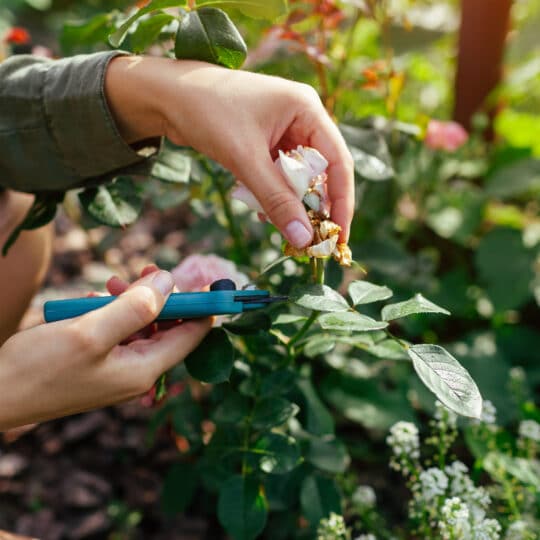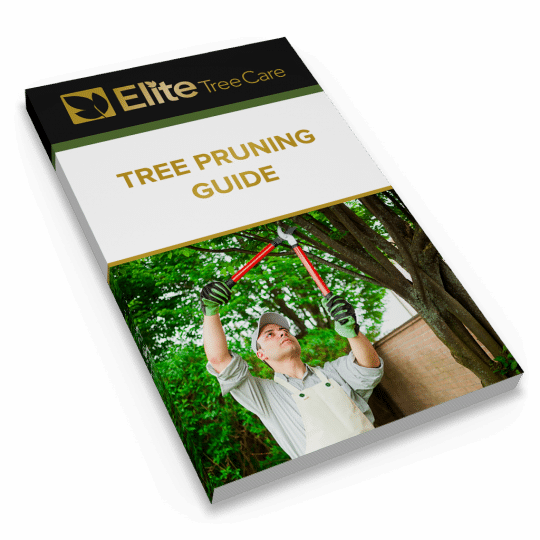Summer Pruning Tips
What to Cut This Season
Posted
July 14, 2022

As you stroll your yard and garden this season, you’ll (hopefully) find your plants thriving in the summer sun. If not, you may want to think about what you can do to help get them back in good health. While watering may be at the top of your list in this hot, dry weather, pruning may also be a consideration for certain plants. Here are some summer pruning tips to produce more brilliant blooms and healthy plants.
What to Prune Anytime
You may have heard that most pruning should be saved for the dormant winter season. While this is true, some things should be pruned any time of year, including the summer.
- The three Ds. That’s anything dead, diseased, or damaged. If it’s one of these categories, it becomes a hazard to other structures, plants, and people. Disease also spreads if left alone, and dead stems attract insects and other diseases to develop.
- Crossing branches. Too many crossing branches restrict the amount of air and light from getting to the roots.
- Water sprouts and suckers. Shoots that grow straight up from a trunk or side branch or develop near the ground not only draw nutrients from the plant but could also become a problem if they grow too big and cross other branches.
Don’t be afraid to remove any of these branches any time of year. If there’s a tree, shrub, or plant that seems to be overcome by dead, diseased, damaged, or crossing branches, you may want to consider removing it altogether.
Summer Pruning Tips
Late spring and early summer are also prime times for pruning plants that have already bloomed. Here’s a list of what can get cut this season.
- Blooming plants. If your plant has already bloomed in the spring or early summer, you can go ahead and prune it now. This way you don’t have to worry about trimming new buds. Some of these plants include hydrangea that blooms on old wood, lilac, forsythia, and rhododendron.
- Deciduous shrubs. If you’re growing anything for its foliage, you can trim it anytime except in late autumn. Just remember that any new growth late in the season will be too tender to survive the winter. Any major pruning should wait until the dormant season.
- Shaped hedge. Help keep the shape of boxwood and other shrubs by shearing frequently in the early part of the growing season. Keep the top narrow so it doesn’t shade the bottom branches. Stop shearing about six weeks before the first frost. If you’re looking for more privacy, plant a hedge that only gets as tall and wide as you need. This way you can let it grow fully and not have to worry about pruning much at all.
- Sappy trees. Maple, birch, elm, and dogwood can release sap when cut. To help reduce the flow, trim these trees when the leaves have fully expanded in the summer.
- Deadheading. When perennial flowers bloom and fade, clip off the top to encourage another cycle of blooms. If they become too tall, cut them back to about a foot off the ground to grow stockier plants. Annuals can be deadheaded too to help them bloom throughout the season.
While year-round pruning is possible for certain plants, you should keep in mind that it does force them to focus on regrowth. You can help them with this by providing enough water, moisture-retaining mulch, and nutrient-rich soil to thrive throughout the season.

Download Your FREE Tree Pruning Guide
Learn how, when, and how much to trim or prune your trees to maximize their health and beauty. This guide covers the factors that go into tree trimming (pruning) and will help you make a more informed decision about hiring a professional tree service.